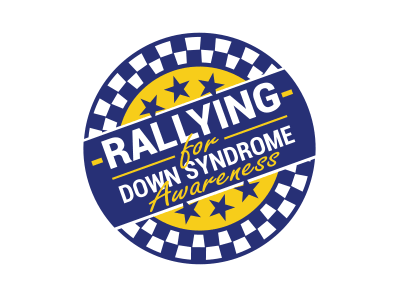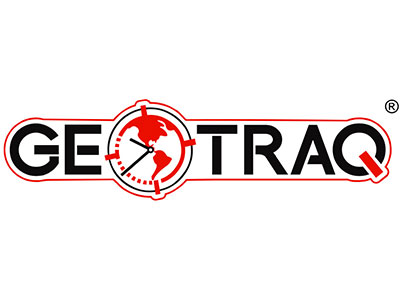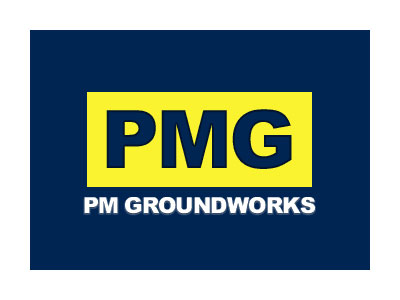What is a Stage Rally
A special stage (SS) is a section of closed road at a stage rallying event. Competitors attempt to complete the stage in the shortest time. A rally on a special stage is coordinated such that each competing car begins after a set interval, to reduce the chance of impedance by other competitors. Each special stage is a relatively short section, usually up to about 10 miles in length. A rally usually comprises approximately 10–15 special stages. The driver with the lowest overall time for all special stages in an event is the winner.
Special Stage
The roads on which special stages are held vary from rally to rally, from the asphalt mountain passes used on the Monte Carlo Rally to the rough forest tracks used on the Rally GB. Surfaces such as ice and snow or desert sand are also common, with the aim of providing a challenge for the driver and crew as well as a test of the car’s performance and reliability.
While competing on a special stage, the drivers and co-drivers can have no support from their teams (except through radio/phone contact) and must deal with any breakdowns or problems themselves.
Typically, each car will be given a specific start time for a stage at 1 minute or 30 second intervals. In the minutes before setting off, a car will wait stationary at the start point until his scheduled start time. He may begin immediately at that time, and usually an official (using hand signals) and the co-driver (through speech) will provide a ten-second countdown. The timing of a stage for a particular car starts at its scheduled time, not when it passes the start point. At the end of the stage, there are two sets of markers. The first is usually referred to as the flying finish, and is the point at which timing for the stage ends. The name comes from the fact that a car will be traveling at full racing speeds when it passes this post. Several hundred meters further along the stage is the stop control point, where the car must come to a halt in order for officials to record their time and check paperwork. Approximately 50 meters after the stop point is the end of the special stage restrictions.
The cars must travel between special stages on public roads, often known as transport stages. While on public roads, all local traffic laws must be obeyed, so all cars must be roadworthy and taxed and insured. Drivers may be given a scheduled time to arrive at their destination to ensure they do not speed during the journey, with penalties for arriving too soon or too late (although the margin for late arrival is quite large).
Super Special Stage
It is common to see rallies containing a “Super Special Stage” (SSS) or “Spectator Stage.” These are timed stages, like standard special stages, but are held on short purpose-built tracks, often in outdoor stadia, but occasionally in covered venues. Commonly two cars will set off at the same time and at the halfway point of the stage will swap lanes. The short distance means that the difference in times between the top runners is often negligible, and so the stage is of little relevance to the overall classification.

























